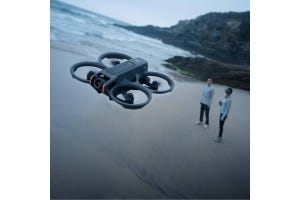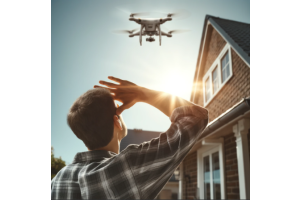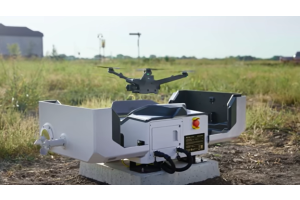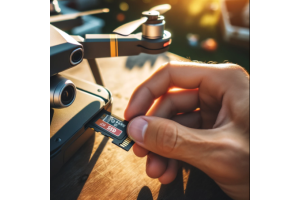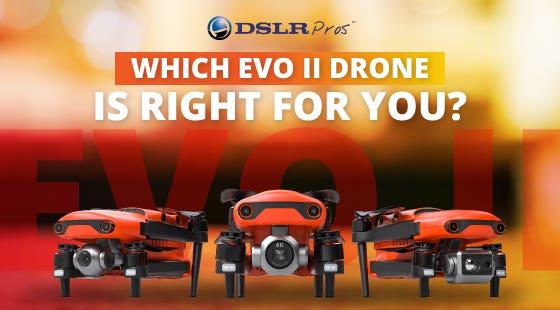
Since their founding in 2014, Autel Robotics has shown themselves to be an exciting company in the field of Unmanned Flight Systems. In 2020, Autel released its highly advanced EVO II line of compact drone solutions. With five distinct models to choose from, the question of which EVO II is right for your needs can be difficult to answer.
Join us as we dive into the differences and similarities between these powerful crafts and discuss specific use cases.
Similarities
The five crafts within the EVO II series all feature similar hardware and software specifications. With flight times between 35 and 40 minutes, maximum flight speeds of 45 MPH, and a 5.5 Mile transmission range, the EVO II series of crafts have been built for long flights, great distances, and with high speed capabilities. EVO II crafts also share impressive AI driven software including omnidirectional avoidance and Autel’s powerful Dynamic Track 2.0. This cutting edge technology enables the EVO II to identify an object in motion, model that object’s trajectory, and follow it automatically while avoiding potential obstacles.
The crafts within the EVO II line are largely differentiated by the available payloads and their imaging capabilities.
Autel EVO II
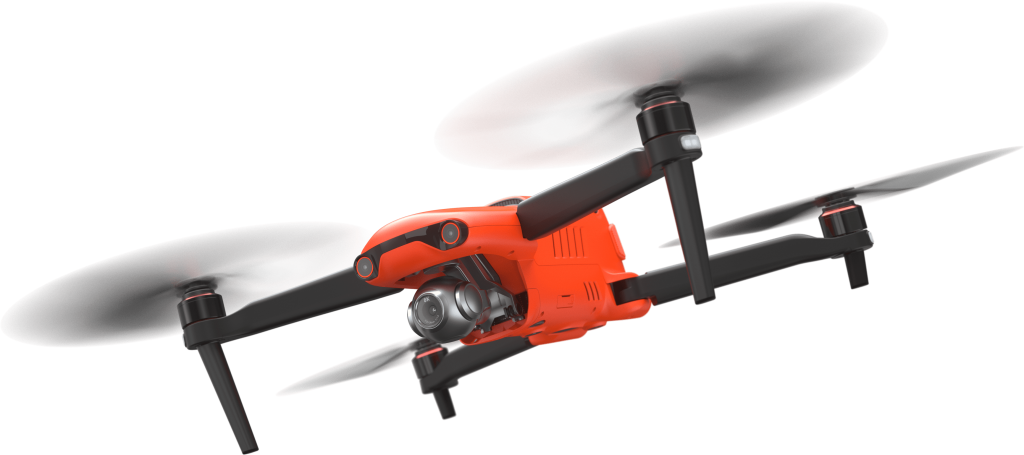
Supporting a camera system capable of recording 8K video and 48 MP images, the EVO II delivers beautiful visuals. This is all possible with the EVO II’s 1/2 Inch CMOS sensor. While the EVO II lacks any kind of optical zoom capabilities, its’ 8K video and 48 MP still images allow users greater flexibility in post production to digitally zoom into their footage before seeing any loss in image quality.
An aperture of f/1.8 and auto ISO capabilities up to 6,400 ensures that you will be able to get sharp video and images in well lit environments. However, with it’s limited ISO range and fixed aperture, the EVO II will struggle with low light or areas with dark shadows and bright highlights.
With it’s sturdy design, long flight times, and strong imaging capabilities, the EVO II is a perfect solution for aerial photographers, public safety workers, and industrial inspectors. For those who are looking for a drone for personal use or to supplement other aerial imaging operations, the EVO II is a great pick and a clear alternative to the DJI Mavic 2 Pro.
Autel EVO II Pro
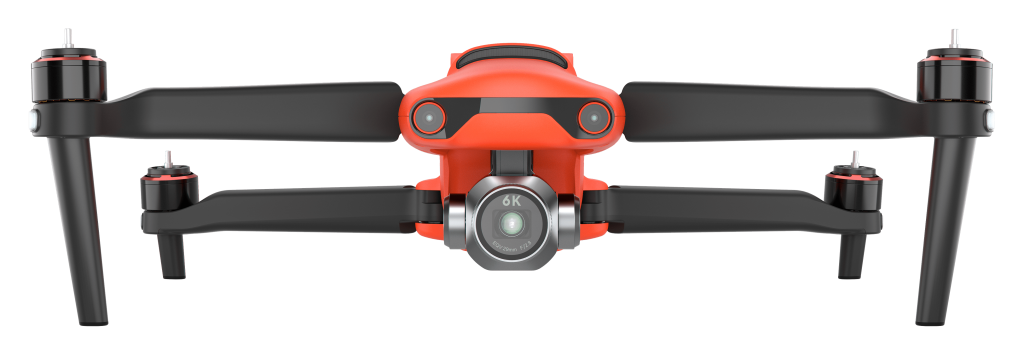
Like the previously mentioned EVO II, the EVO II Pro offers amazing imaging capabilities in a light weight, foldable craft. Unlike the EVO II, the EVO II Pro offers cinema quality video and a dynamic range that cannot be beat. Using a 1 inch CMOS sensor (twice the size of the EVO II), the EVO II Pro offers a greater range of colors and better imaging in shadows and in highlights.
The most exciting aspect of the EVO II Pro is it’s low light capabilities. With an adjustable aperture between f/2.8 and f/11 and a maximum ISO of 12,800 this payload delivers amazingly clear images in low light environments. The 6K video and 20 MP image record features ensure that sharp, beautifully detailed images can be achieved in a variety of setting and conditions.
Like its little brother, the EVO II Pro was built to be an aerial imaging solution for professionals working in aerial photography. But with the superior imaging capabilities and dynamic range of the EVO II Pro, this craft becomes invaluable to people who need to make orthomosaic, 2-D, or 3-D maps for construction, inspection, and agricultural purposes.
Autel EVO II Dual and EVO II Dual 640T
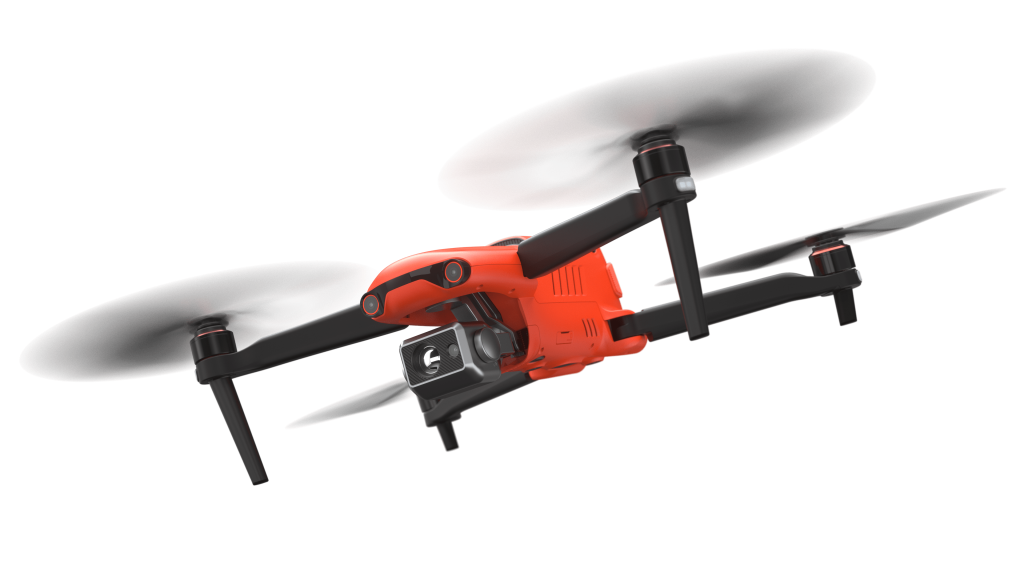
For those who require thermal imaging capabilities for their flight operations, Autel offers the EVO II Dual. With its 320 X 256 FLIR sensor and 8K visual sensor in one payload, this craft is one of the best entry level thermal flight systems on the market. Thermal imaging is invaluable for search and rescue operations, fire safety, police response, and many more industries. The EVO II Dual allows you to take full advantage of its’ diverse imaging capabilities with up to 10 different color pallets, picture in picture viewing of thermal and visual spectrum images, and a 30 Hz refresh rate for smooth video.
Professionals who need to be able to take to the air quickly to search for individuals, monitor hotspots at fires, or to conduct simple industrial inspection operations will be well served by the EVO II Dual. But for operations that require the absolute best thermal imaging capabilities, we recommend the next step up with the 640T.
The EVO II Dual 640T offers all the same visual imaging capabilities of its little brother but with a thermal sensor that is twice as powerful. With this dramatic increase in thermal imaging resolution, users can capture thermal images from up to 100 meters away. This is useful for industrial inspection or other scenarios where being close to subjects can be dangerous. With the ability to measure temperatures while in flight, set temperature alarms, and apply different color profiles, the EVO II Dual 640T is perfect for powerline, solar, and chemical inspection. The detailed thermal imaging capabilities (even at a significant distance) make this craft a must have tool for law enforcement during discrete operations.
Autel EVO II RTK
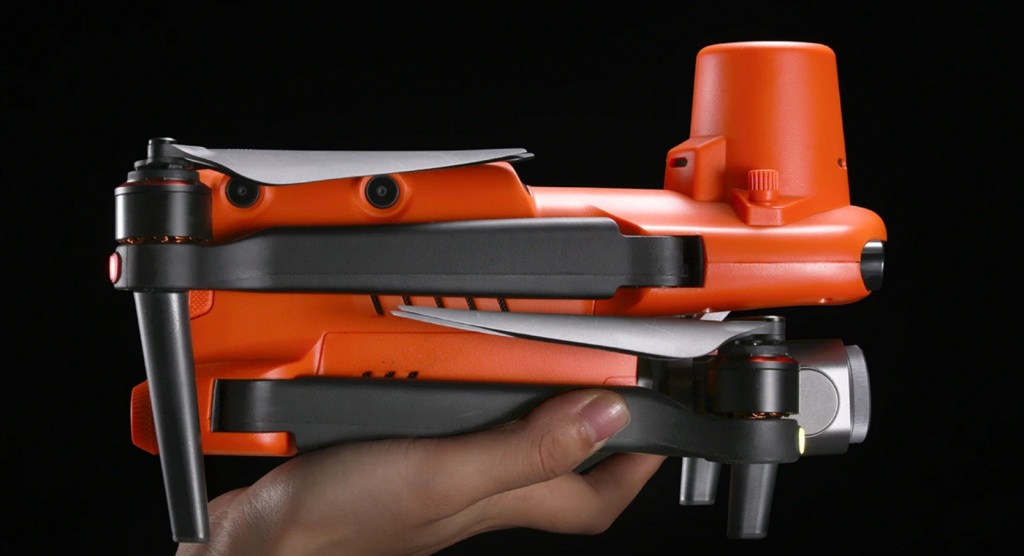
Adding to the incredible thermal and visual spectrum imaging capabilities of the EVO II Pro and the EVO II Dual, the EVO II RTK series gives users unrivaled accuracy and control.
With the ability to fly with RTK (Real-Time Kinematics) and PPK (Post-Processed Kinematics), measurements taken with the EVO II will have centimeter level accuracy. RTK and PPK use GPS satelights and a powerful base station to determine your craft’s exact location. With this information, users can record the original satellite observation data, camera exposure parameters and other data. This allows you to save flights and recreate them to monitor subtle changes over time.
The centimeter-level accuracy of the RTK series and powerful radiometric thermal imaging makes it possible to recognize temperature deviations within 3 degrees Celsius from 5 meters away. This makes the RTK the absolute best compact drone for industrial inspection operations where small temperature differences can mean big trouble.
Surprisingly, the addition of the RTK module does not seriously affect EVO II’s flight time or maximum speed. The RTK module makes this craft invaluable for mapping, photogrammetry, and large scale industrial inspection operations.
Conclusion on the EVO II Series
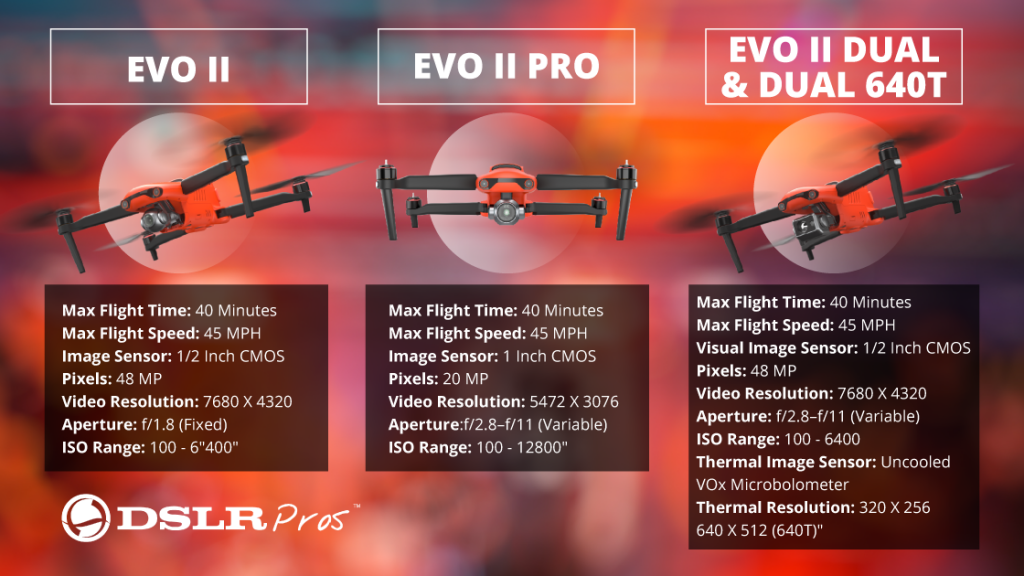
All of the EVO II crafts offered by Autel are compact, easy to fly, and feature powerful imaging capabilities. No matter what level of experience you may have with drones or how large your operation may be, Autel has created a compact drone system that will fit your needs.
DSLRPros has all the EVO II products you need to complete your enterprise level tasks. Contact us today for pricing and additional information.

